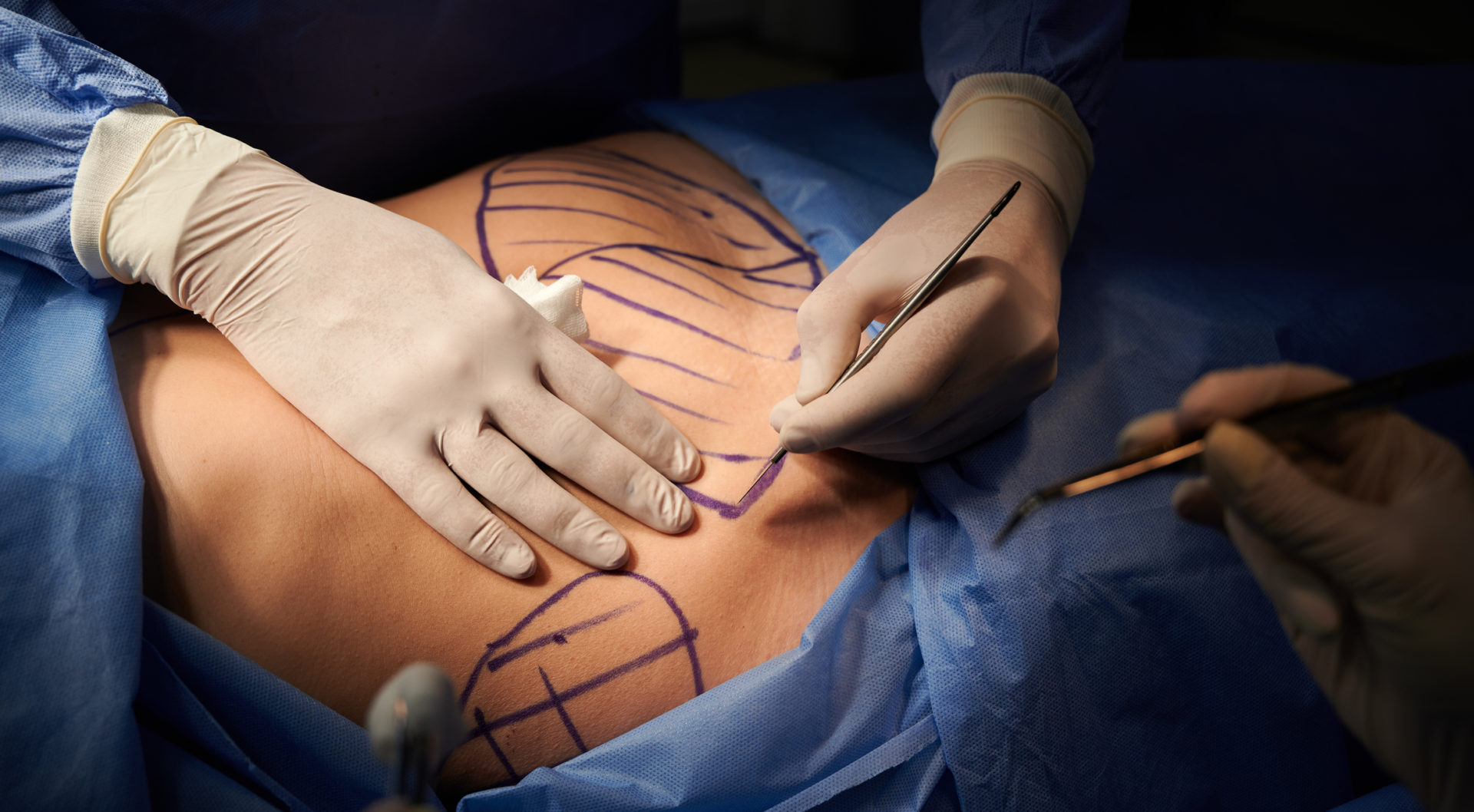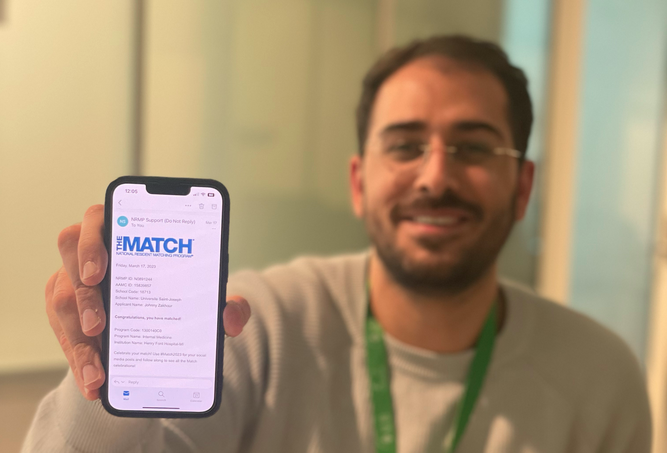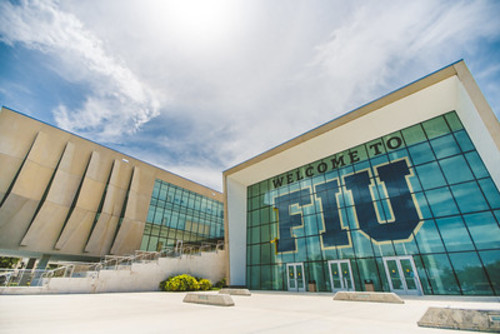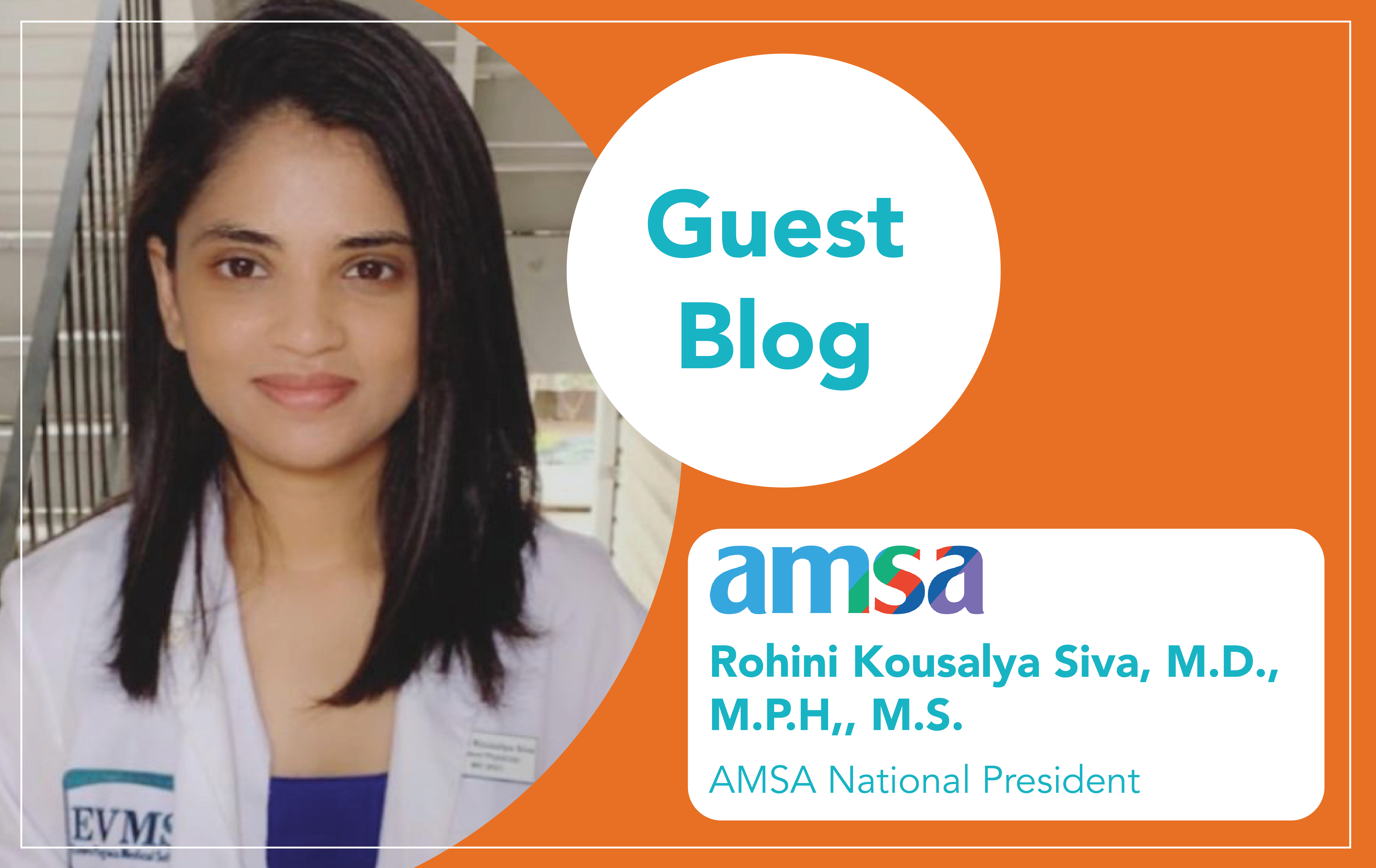Plastic surgery is focused on the reconstruction or restoration of the body through surgery and has two types of procedures: reconstructive and cosmetic. Reconstructive surgery is the most common kind of plastic surgery. Patients seeking reconstructive surgery are looking to reconstruct birth defects, injuries gained through trauma or disease, or to correct dysfunctional areas of the body. Meanwhile, cosmetic plastic surgery is related to surgeries that modify or enhance a patient’s appearance when appeal, symmetry, and proportion are the desired outcome. Plastic surgeons can perform both reconstructive and cosmetic surgeries. However, surgeons hoping to perform cosmetic surgery will need additional training after residency.
Learn more about this specialty in our Specialty Spotlight below.
Plastic Surgery Residency: Requirements and Stats
Residencies in the United States are offered in two pathway options, independent or integrated. Depending on the pathway a resident chooses to follow, a plastic surgery residency can take three or six years. A three-year independent program requires applicants have previous formal training in a separate field of surgery. Open to medical graduates, the six-year, integrated program pathway provides one-to-two years of general surgery exposure, which is followed by 4-5 years of plastic surgery training. This training primarily focuses on reconstructive surgery.
Although more and more programs are implementing cosmetic surgery into their residency training, exposure remains minimal. This means that for residents hoping to practice in both reconstructive and cosmetic surgery, a cosmetic surgery fellowship is often required. These fellowships are typically one-year in length following the completion of residency.
In the 2021 Match cycle, 187 of 187 plastic surgery positions were filled. Most of these positions were filled by MD seniors, who accounted for 167 of those filled positions.
For more on 2021 Match data, click here.
Practicing as a Plastic Surgeon
Following the trend of 2021’s Match data above, 2019 data from the American Association of Medical colleges shows that graduates of U.S. medical schools make up 86.2 percent of 7,317 practicing plastic surgeons. Plastic surgery is among the highest paying medical specialties, with an average income of around $448,000 per year.
Despite a pause in elective surgeries during the pandemic, reconstructive surgeries in 2020 outpaced 2019 by 3 percent. As a result of the elective surgery pause, cosmetic surgeries were down 15 percent. However, the reliance on cameras for the workplace has increased the demand for cosmetic surgeries moving forward–a demand that threatens the worsen the effects of a surgeon shortage. According to the American Society of Plastic Surgeons, 11% of women are more interested in cosmetic plastic surgery now than before COVID-19, with 35 % of women who have previously had a cosmetic procedure planning to spend significantly or somewhat more on treatments in their next treatment(s) in the coming year.
Interested in learning more about the field of plastic surgery? Consider a clinical experience! Click here to explore AMO’s clinical experiences in plastic surgery.






